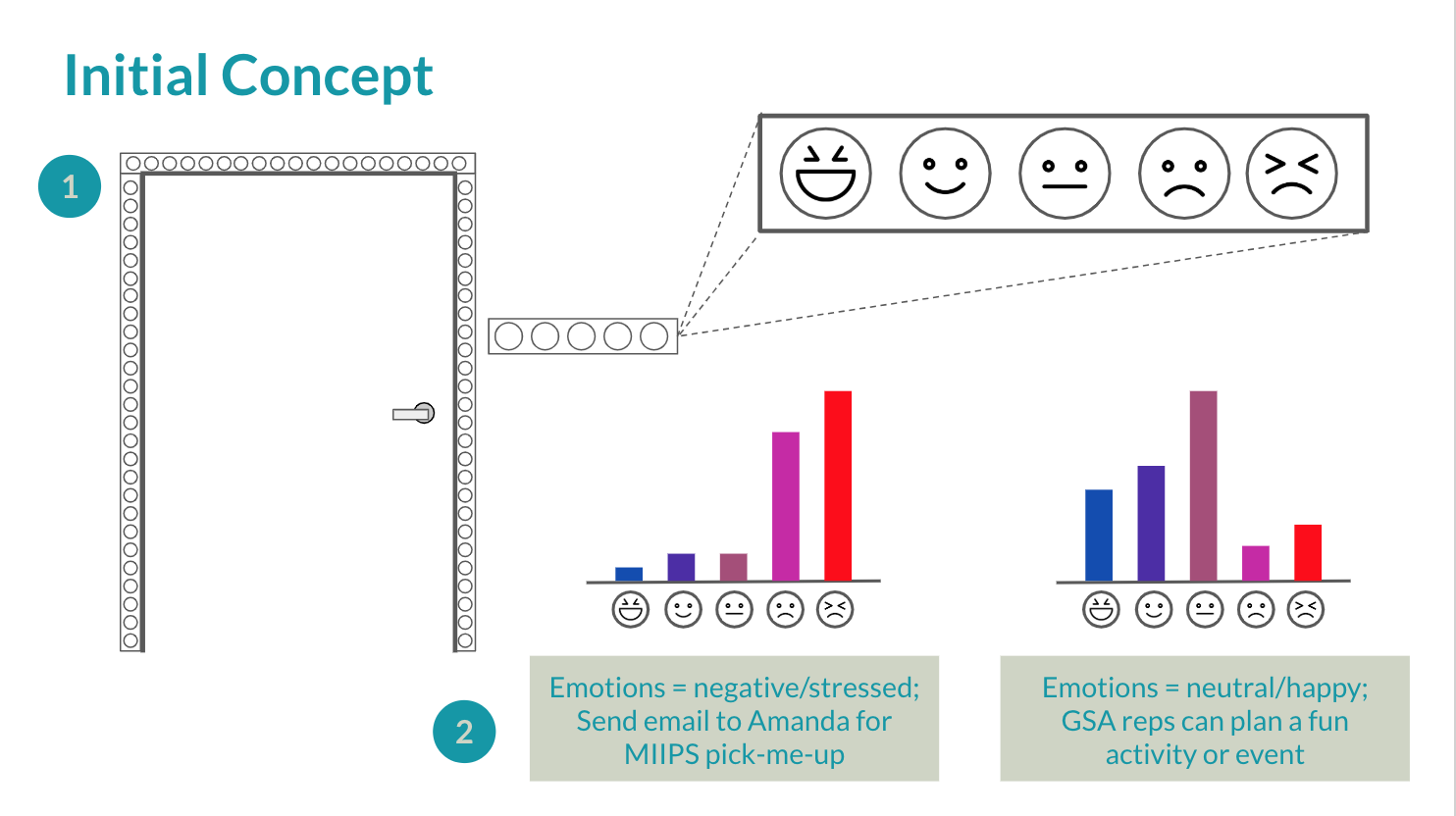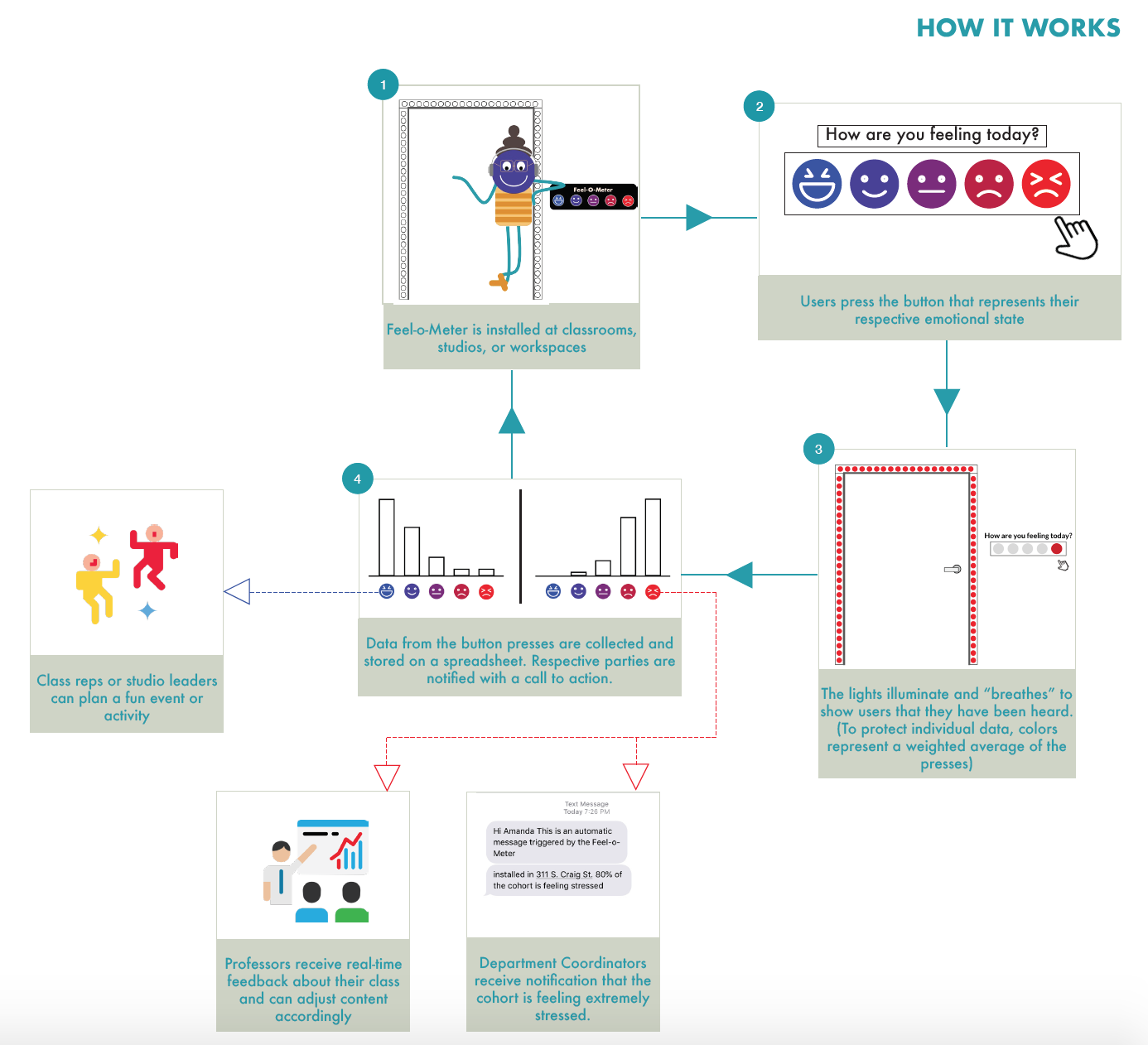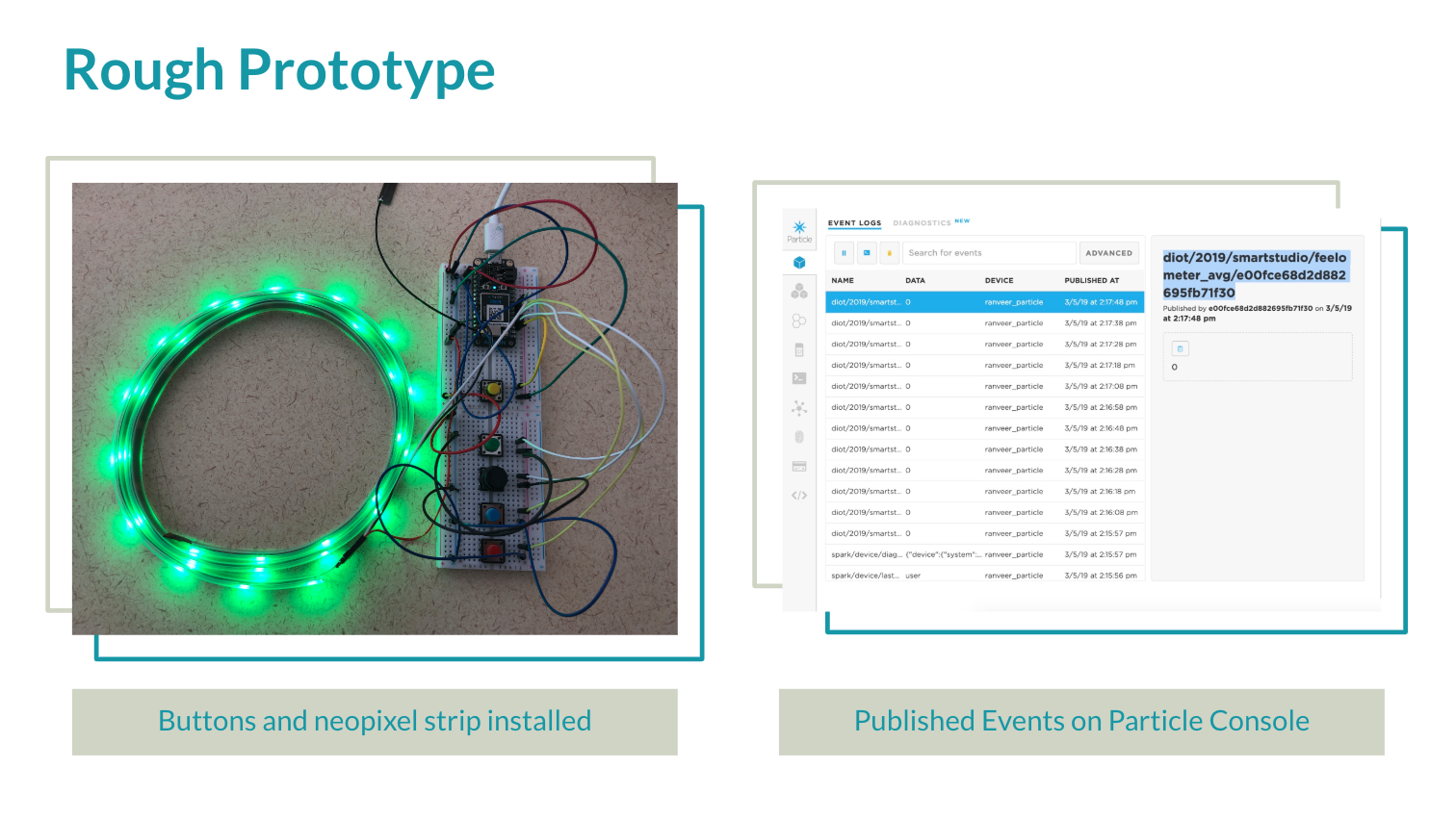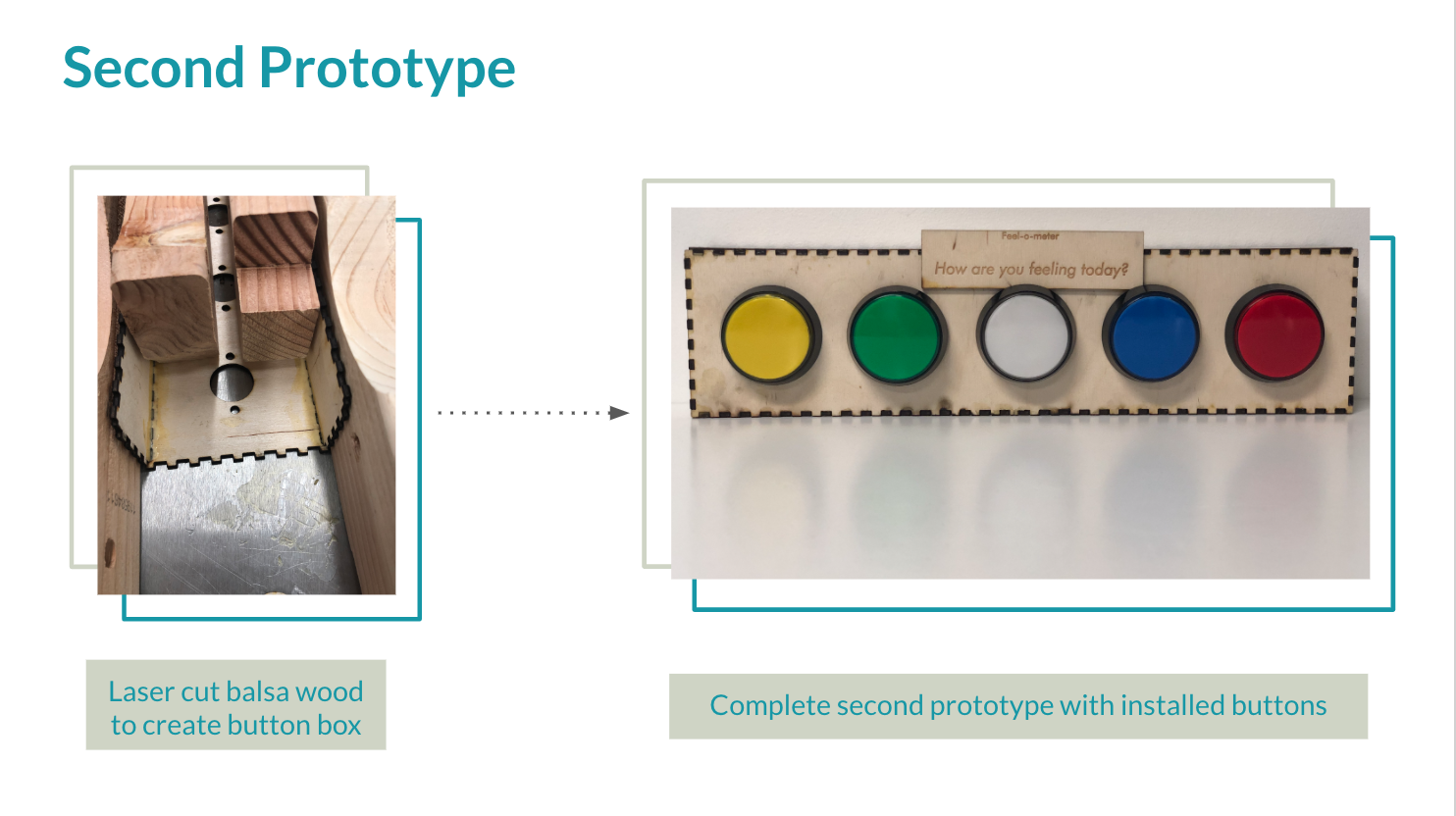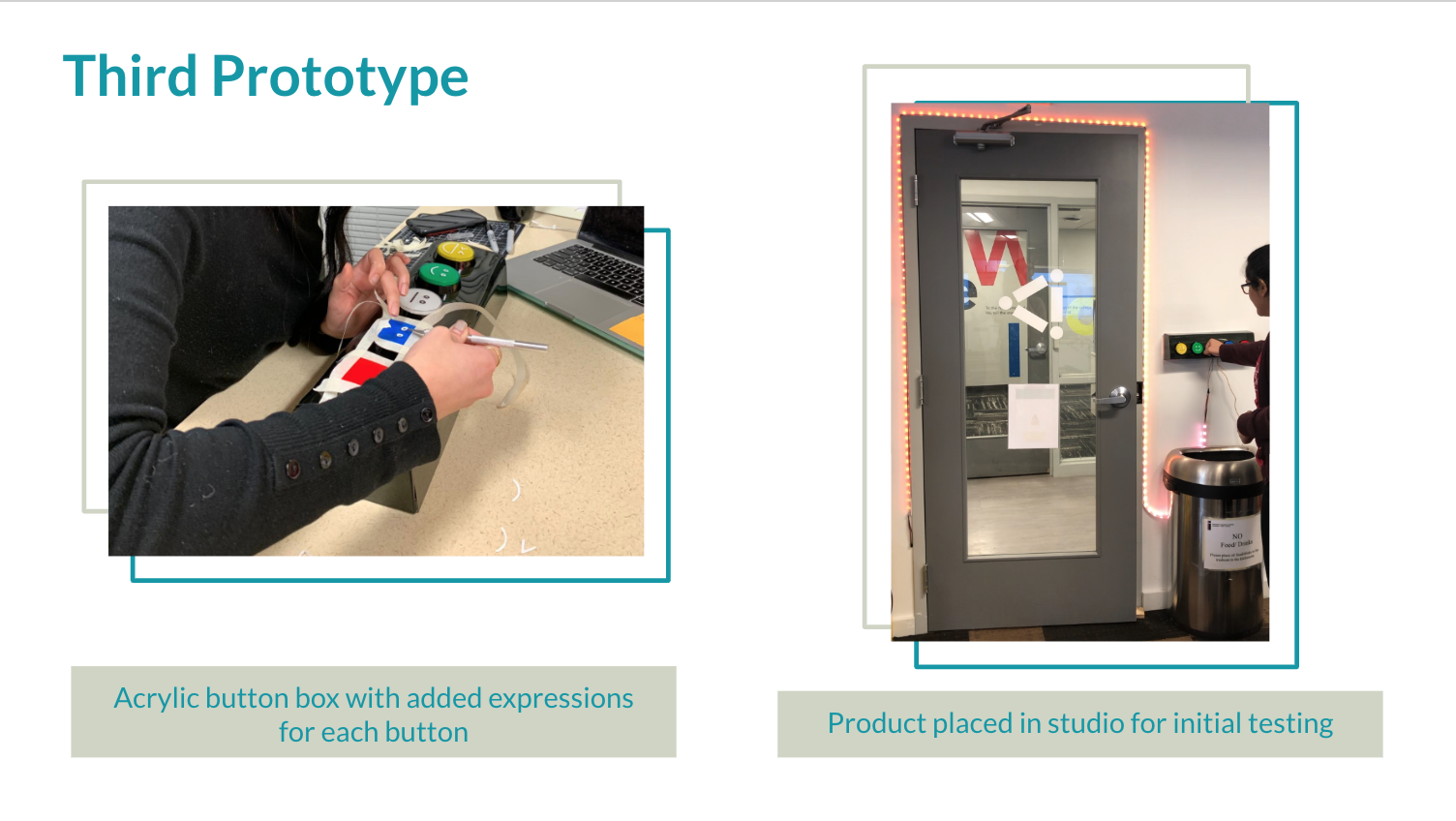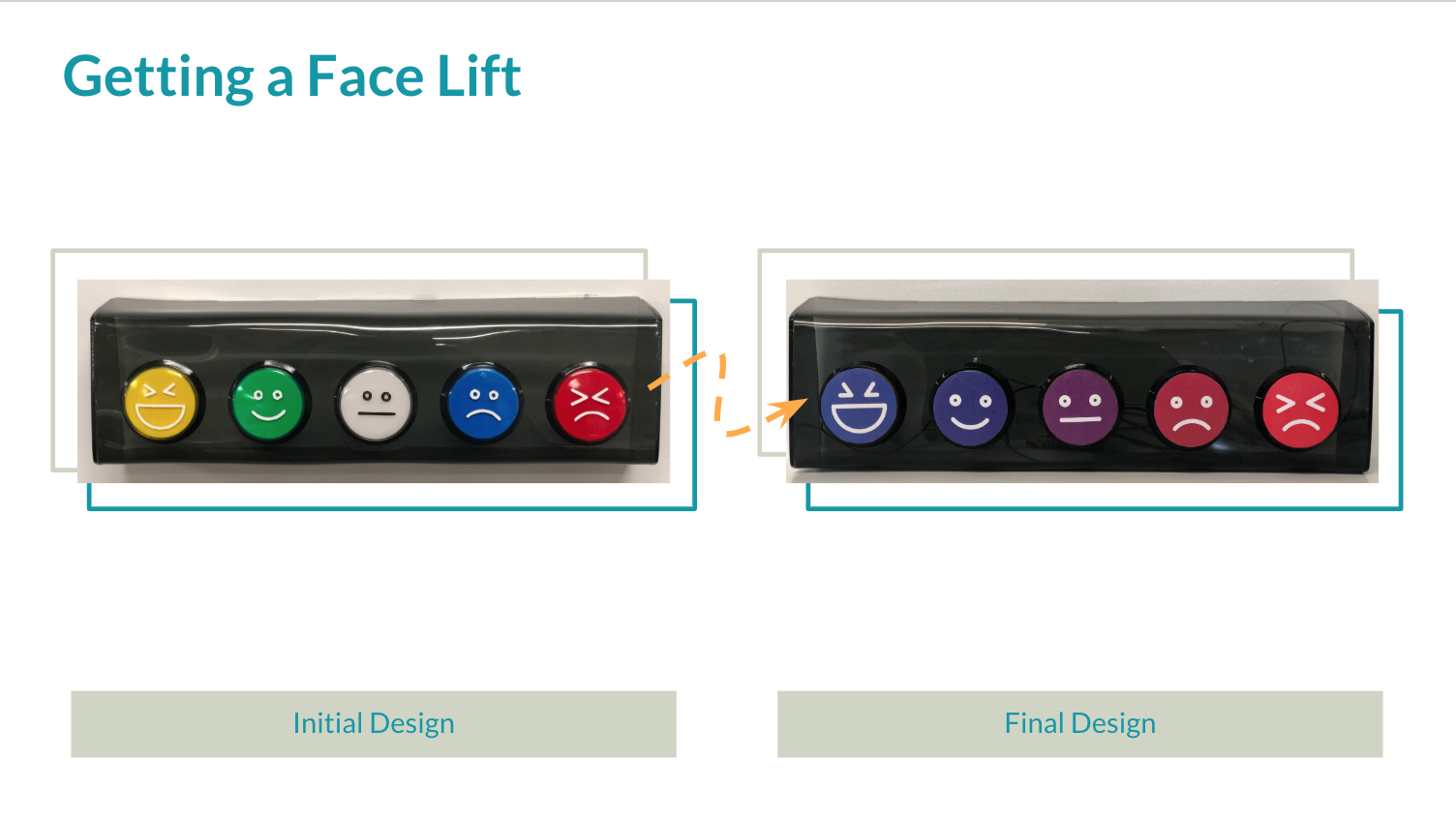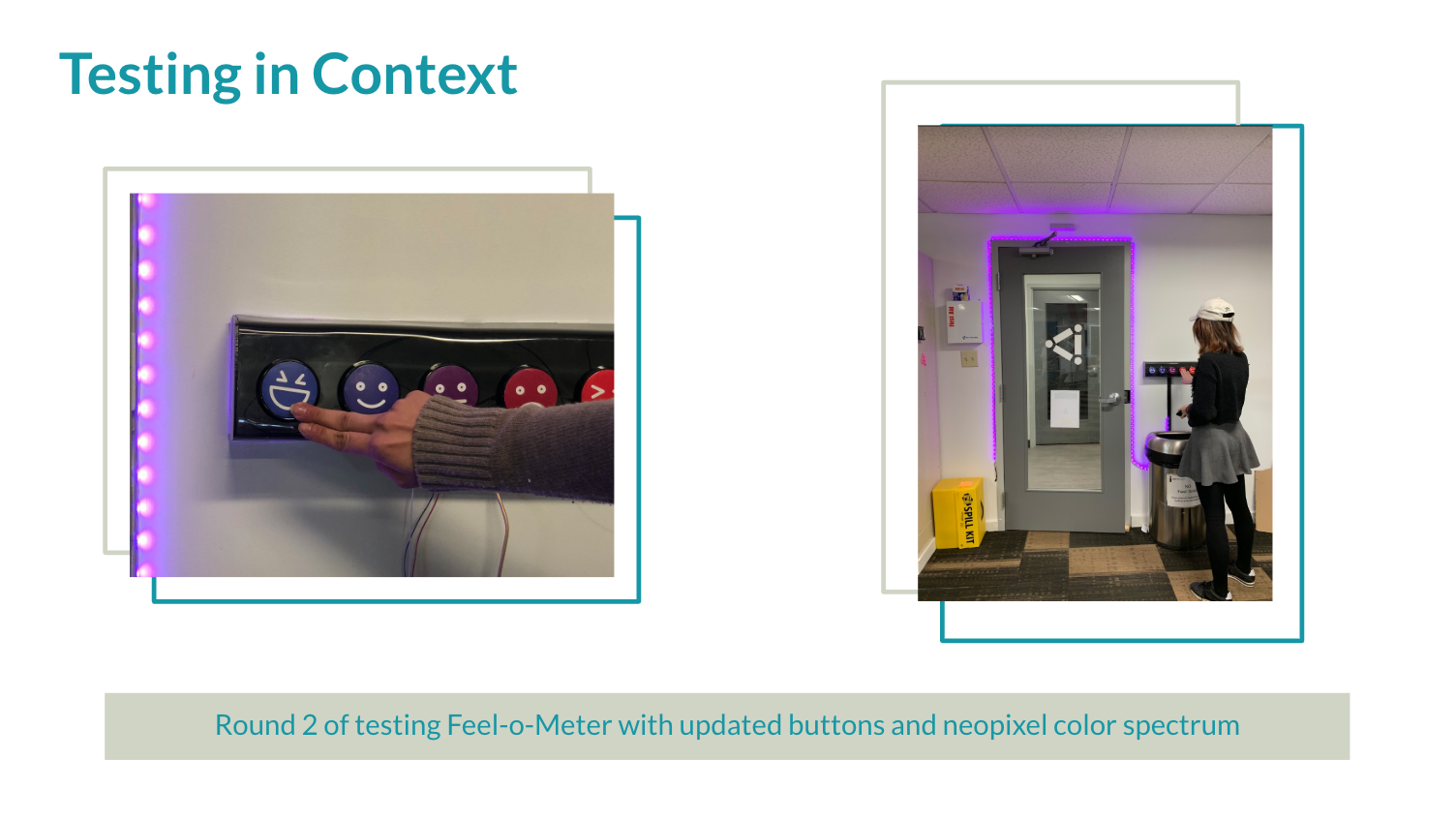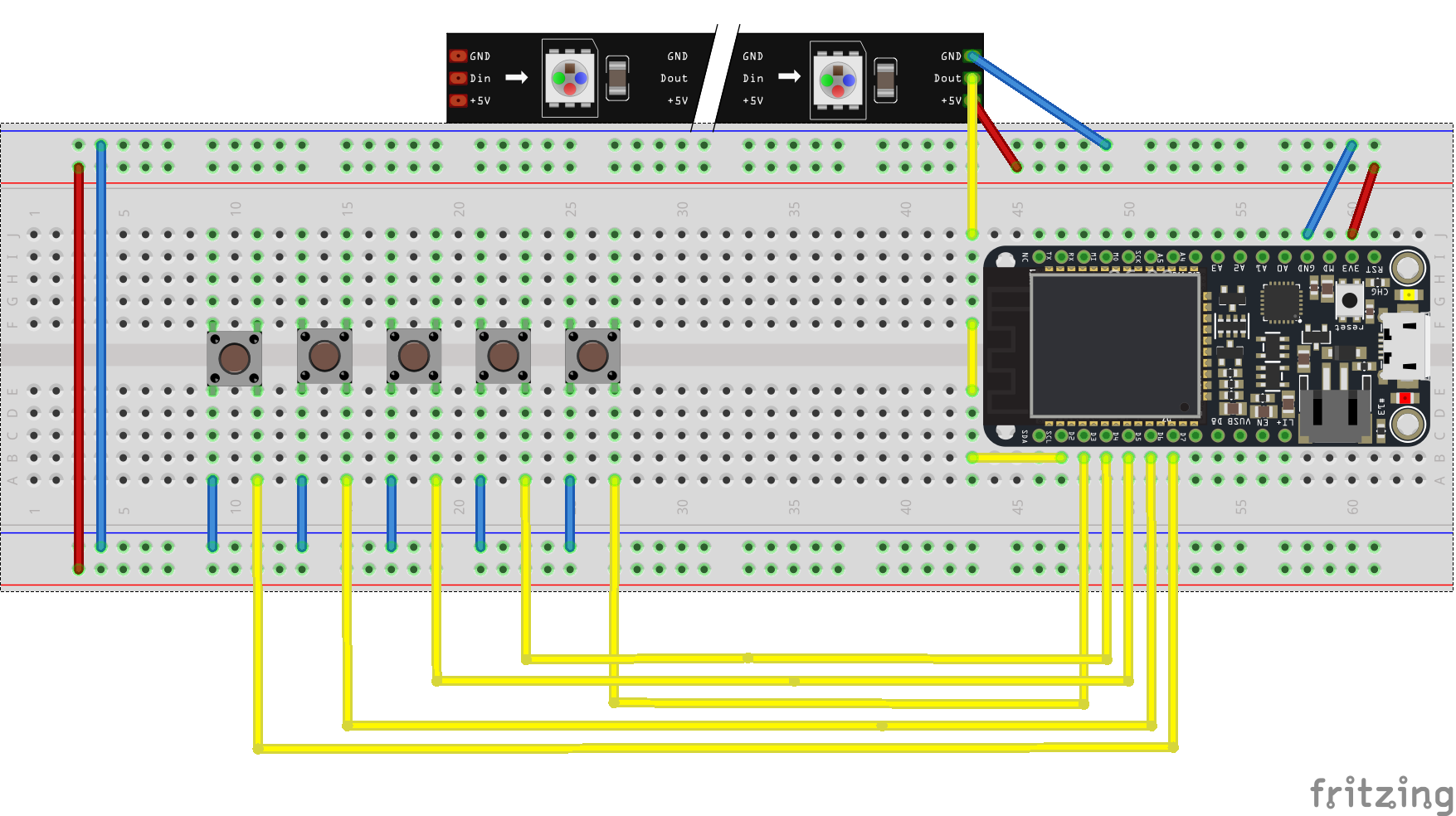Problem Space & Inspiration
Inspired by the disconnect between students and educators, we created Feel-o-Meter to provide an alternate method for feedback. We noticed or have experienced that in many classrooms or work environments, some people do not feel comfortable expressing their feelings or that feedback is often shared when it’s too late.
With Feel-o-Meter, we hope to bridge that gap and share essential information with the right people, when it matters the most.
